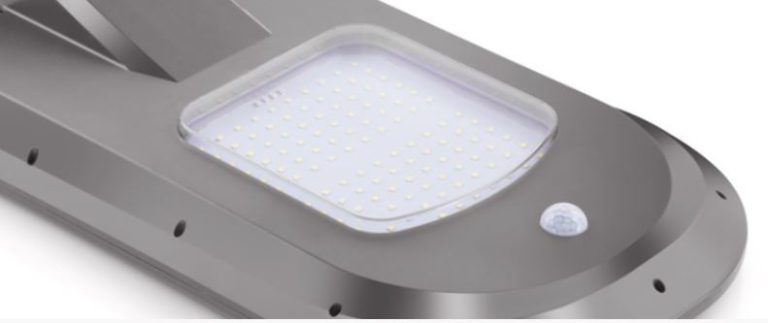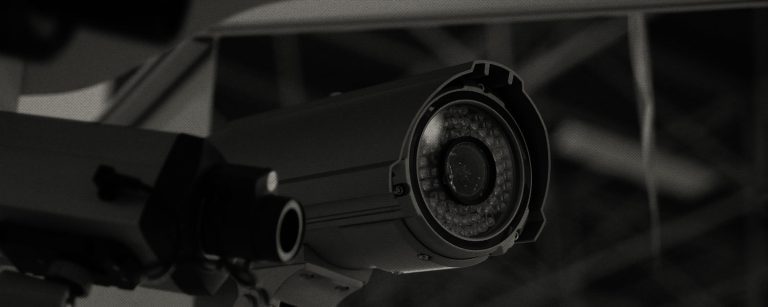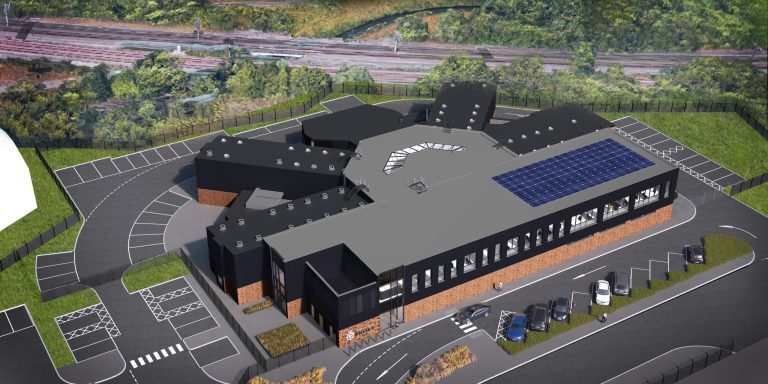The welfare, health, and safety of workers should be the main concern for business owners. Apart from offering labor, employees can also save you a lot of money. The cash lost because of sickness, or other health problems costs businesses in the US billions of dollars. However, operating your machines properly or being secure on the catwalk can be a good way to enhance your workers’ safety. By getting rid of contaminants, bringing in lots of fresh air, and removing dust fumes, an industrial ventilation system from a provider like Canarm might be the first line of defense against illnesses. Whether you need to ventilate your workspace or keep off pollutants, going for an effective system will ascertain that you breathe fresh air. Parts of the System Depending on a particular situation, you may require a combination of some parts of the industrial ventilation system. For instance, when you want to ventilate your workspace, it may not be enough to buy a big fan. You’ll also have to do the necessary calculations so you can figure out the amount of airflow you require in the workspace to solve your air or heat quality requirements. Beyond that, you may need to consider whether your application needs a negative, balanced, or positive pressure; otherwise, the consequences may be disastrous. To be on a safe side, consider various configurations of the propeller, including size, pitch, and shape. Other parts that a ventilation system may come with include the following: Dampers Air filters Silencers Dehumidifiers Dust collectors Louvers Different Types of the System The industrial ventilation system is divided into two main categories; local exhaust ventilation and dilution ventilation. Local exhaust ventilation aims at stopping pollutants before spreading. Unlike dilution ventilation, local exhaust system doesn’t depend on fans to disperse air. Instead, it works the same way vacuum does and usually results in a low amount of contaminants. For that matter, it can be convenient to get rid of the high amount of dust and toxic chemicals. On the other hand, dilution ventilation may encompass a few techniques that range from allowing fresh air by opening windows and doors to using big fans. The main purpose of this system is to take air away from employees to ensure they don’t breathe in contaminated air while handling business projects. Safety of the Unit Rotating blades have a significant risk of injury, and should be handled with care and vigilance. If you are not careful, this may be hazardous to your respiratory system and eyes. For you to avoid such risks, it would be best to tag out and lock out the system when working on your equipment. You may also test it by operating the starter to make sure the whole unit is not energized. Guards may keep employees safe from all sorts of dangers when operating a ventilation system. However, they can also become a commercial safety hazard, so it would be important to ensure guards are in a good state. Apart from guards and rotating blades, it may also be important to be careful with: Debris or any material entering the system Hot surfaces Blade failures Pinch points in sheaves Final Touches! Air quality is one of the powerful requirements that you need to provide for your workers. When you have a go with a commercial ventilation system, you will be in a better position to make your employees healthy, safe, and happy. Beyond that, you may also keep materials and products free from problems, which may come with impurities and pollution.















